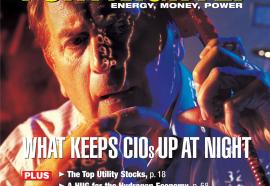A Primer on the PIM Framework
How enterprise risk management practices impact the Standard & Poor’s rating process.
About a year ago, Standard & Poor’s expanded the methodology used to review and assess the enterprise risk management practices of U.S. energy firms with trading desks. The methodology, known as the PIM framework, focuses on the three aspects of policies, infrastructure, and methodology, and produces a comprehensive evaluation of a firm’s risk management. The importance of each of these aspects in a company’s risk culture, and our opinion of its risk management quality, will depend on that company’s size, complexity, and range of risk.








